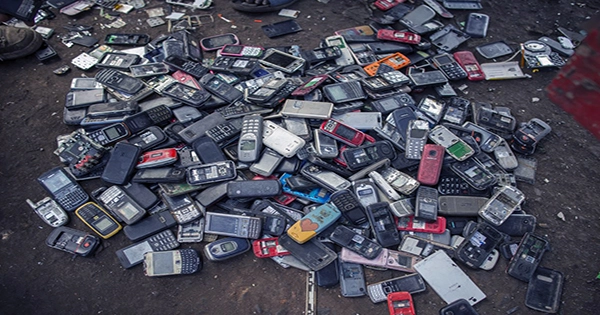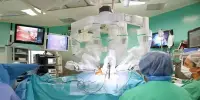As regional lawmakers work to make good on a Circular Economy Action Plan announced two years ago, the European Union has announced a new bundle of sustainability-focused policy proposals that will expand existing ecodesign rules on energy efficiency by encouraging longer product lifespans, supporting the growth of circular economy business models, and helping consumers combat greenwashing and make more environmentally friendly purchasing choices. By 2050, the bloc’s overarching European Green Deal plan aims to make the region “climate neutral.”
That mission translates to no net greenhouse gas emissions in less than three decades while decoupling the EU’s economic growth from resource use — aka a shift to a circular economy in which products are designed to last longer and to be easy to disassemble for reuse or recycling at the end of their useful lives. As a result, policymakers have a lot of work ahead of them. The EU’s climate mission has been heightened by Russia’s war in Ukraine, underscoring the need for the bloc to rapidly transition away from using fossil fuels for energy and wider economic fuel, as the many Member States remain heavily reliant on Russian oil and gas, leaving their economies vulnerable to ongoing regional instability.
In a press release announcing its latest sustainability policy package, the Commission claims that the revised ecodesign framework could save 132 mtoe [million tonnes of oil equivalent] of primary energy by 2030, which it claims is “almost equivalent” to the EU’s Russian gas imports (roughly 150 bcm [billion cubic meters] of natural gas). It also wants to emphasize the importance of current EU ecodesign rules (which are focused on energy efficiency), claiming that they have saved customers €120 billion and resulted in a 10% reduction in yearly energy consumption by the items in question.
The newest ideas to fall under the EU’s “green deal” banner include an intriguing notion for Digital Product Passports (see below), which is part of a larger drive to improve product sustainability through a Regulation on Ecodesign for Sustainable Products (aka ESPR). The latter establishes additional criteria to “make goods more durable, dependable, reusable, upgradable, reparable, easy to repair, refurbish, and recycle, as well as energy and resource-efficient,” and is expected to apply to everything from metals and fabrics to mobile phones and tablets.
The EU’s executive writes, “The goal of the Commission’s Ecodesign proposal is to make sustainable products the norm on the EU market and reduce their overall environmental and climate impacts,” adding, “The ‘take-make-use-dispose’ model can be avoided, and much of a product’s environmental impacts is determined at the design stage.” The ecodesign proposal expands existing EU rules in this area to both broaden the scope of products covered by ecodesign regulations (the Commission says it wants almost all products to be covered in the future) and to broaden the requirements on those products to include circularity and an overall reduction of products’ environmental and climate footprint, as well as energy efficiency criteria.
As a result, it’s safe to say that the bloc’s ‘ecodesign’ notion is being drastically revamped — and, well, improved. According to the Commission, this larger ecodesign approach will lead to greater energy and resource independence as well as reduced pollution, as well as “economic potential for innovation and job development,” particularly in sectors like remanufacturing, maintenance, recycling, and repair. So, in the future, hot European startups may focus on improved garbage management and upcycling.
Specific requirements for each product or group of products aren’t clear yet, because the EU’s approach starts with a big picture proposal for a framework and a process — through which the Commission (“working in close cooperation with all those concerned”) will gradually layout requirements for each product or group of products, leading to specific stipulations down the road. Its methodology also shows that there may be some variation in needs across different types of goods since various trade-offs (such as product lifetime vs. manufacturing energy efficiency, for example) are balanced and assessed differently in each product context. (Of course, variation may occur as a result of sector-specific lobbying.)
In a statement on the proposal, the Commission notes, “These ecodesign standards will be adapted to the individual features of the product groupings involved.” “The potential for improvement and relative effectiveness in delivering increased resource and energy efficiency, enabling longer product life and maximising the value embedded in materials, reducing pollution, and the overall impact of products on climate and the environment will be factored in during their identification and development.”
The communication provides examples of sample ecodesign requirements that may apply to various types of products, such as mandates to minimize waste (such as packaging waste), set a minimum level of recycled content that a product must contain, and require ease of disassembly, remanufacturing, and recycling of products and materials, among other things. “Only a few sectors, such as food, feed, and medicinal products, are exempted,” the EU adds in a Q&A on the sustainable products initiative, which also states that upcoming ecodesign and labeling rules will cover product groups that are currently unregulated, such as smartphones, tablets, and photovoltaic solar systems.














